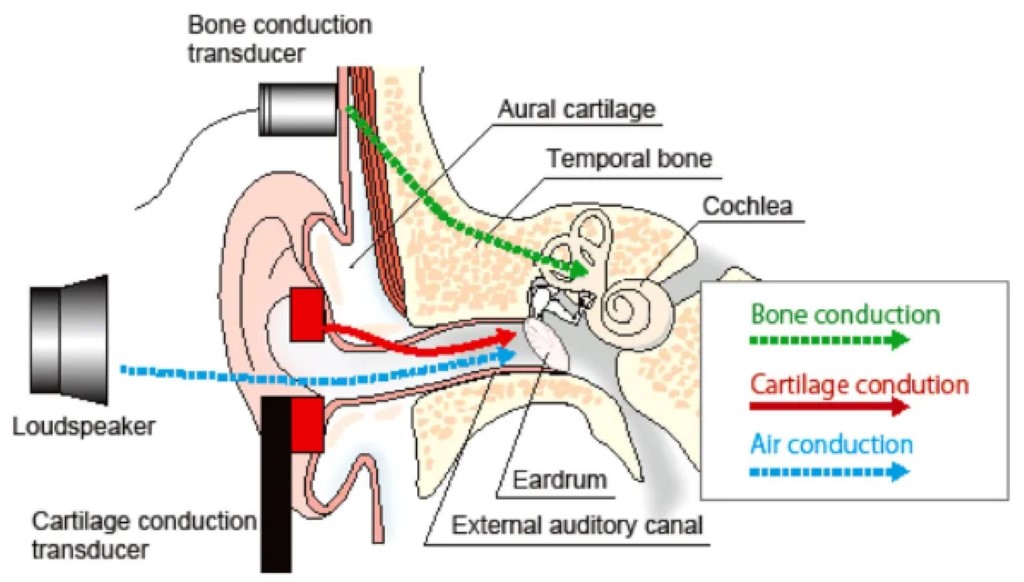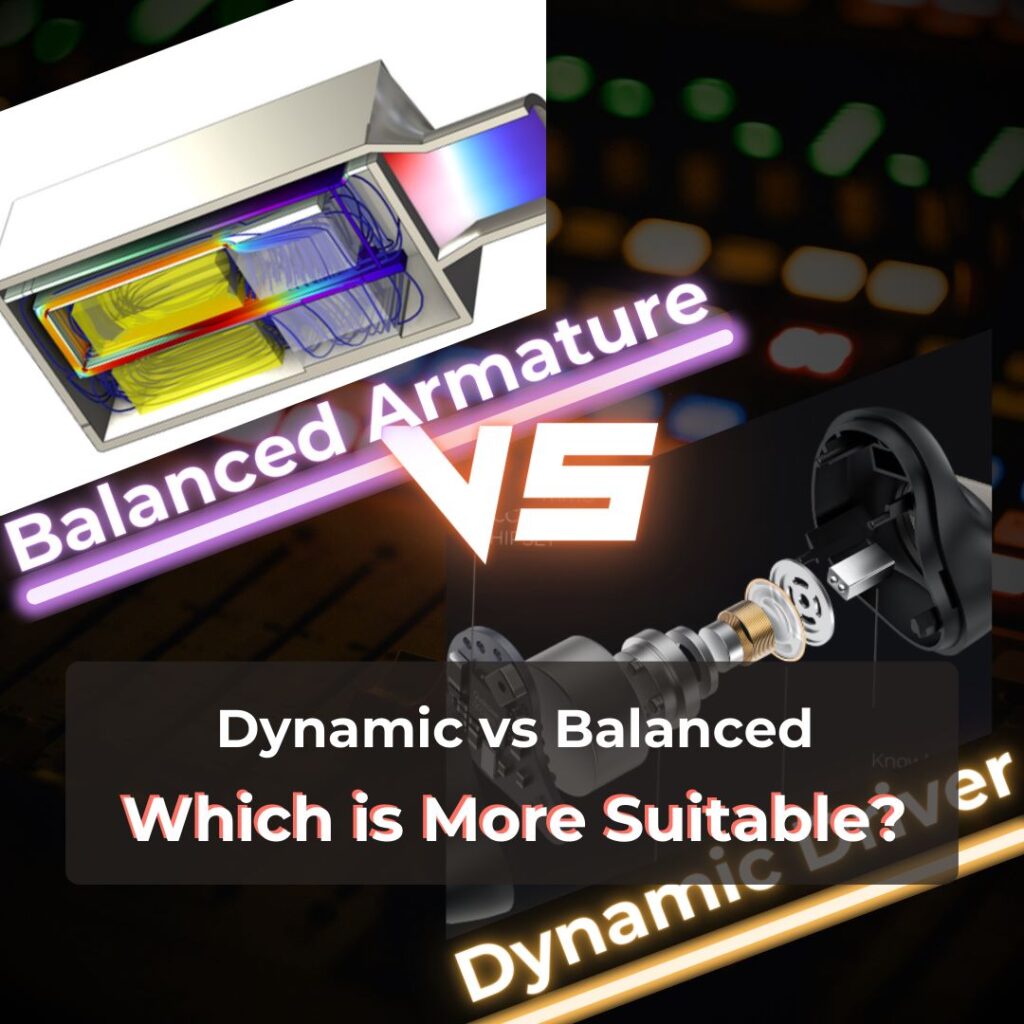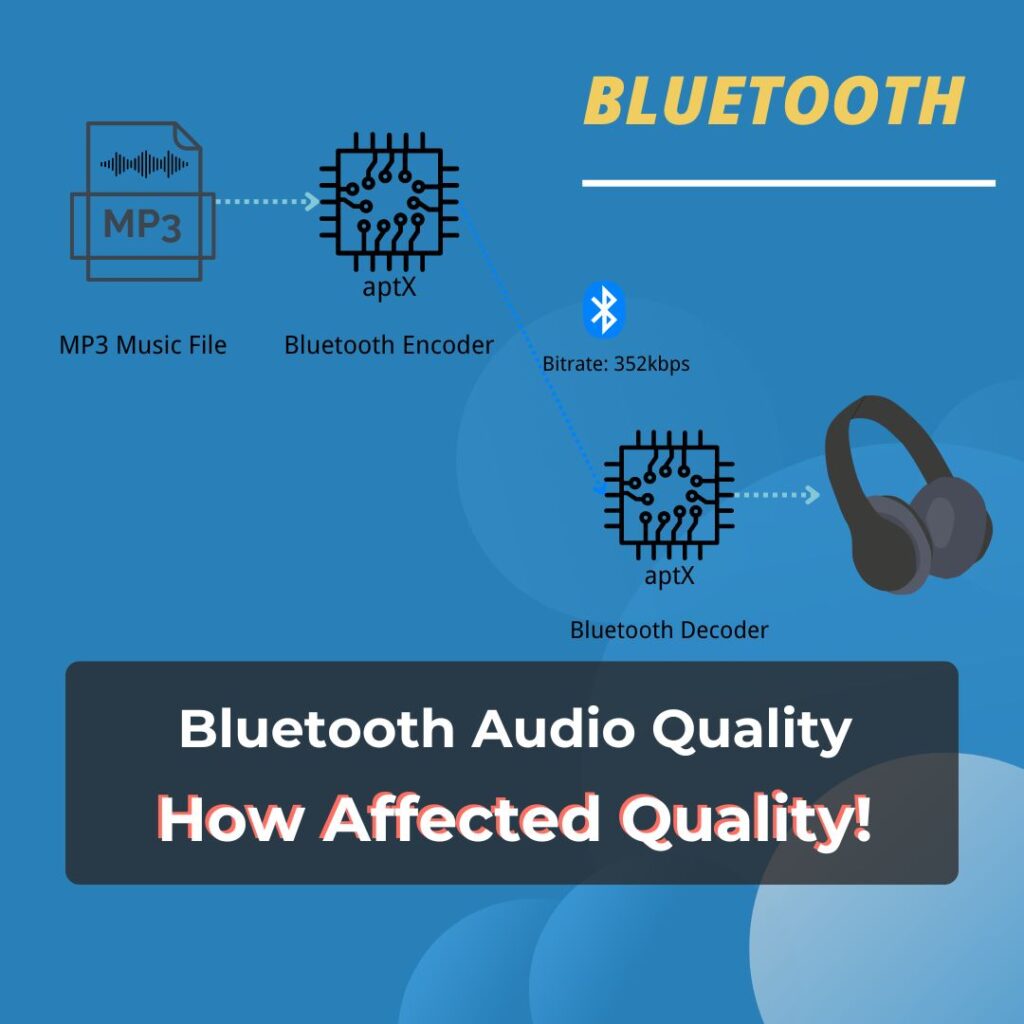
At our publication, we pride ourselves on thorough research and genuine dedication. We’ve invested time and sincerity into exploring the question: “Do bone conduction headphones work?”
Are you curious about bone conduction headphones? Let’s learn how they work, what’s good and bad about them, and who they might be a good fit for.
- The History of Bone Conduction Headphones
- How Bone Conduction Technology Works
- The Benefits of Bone Conduction Headphones
- The Drawbacks of Bone Conduction Headphones
- Who needs bone conduction headphones?
Alright, let’s take a closer look at how bone conduction headphones work. We’ll explore the science behind them and see what this means for how you can use them in real life.
The History of Bone Conduction Headphones
Bone conduction has been around for a long time. One of the earliest known uses was by the famous composer Ludwig van Beethoven. He began to lose his hearing, but he still wanted to make music. Beethoven discovered that he could hear sounds through the vibrations in his bones. He bit onto a rod attached to his piano, and the vibrations traveled through his jawbone to his inner ear. This way, he could “hear” his music even though his ears could not.
The development of bone conduction headphones has come a long way since Beethoven’s time. Early versions of these headphones were wired and bulky, but technology has advanced rapidly. Today, we have sleek, wireless bone conduction headphones that are easy to use. Bone conduction headphones don’t use your eardrums! Instead, they send sound vibrations through your cheekbones to your inner ear. This is handy for people who have trouble with regular headphones or want to hear what’s going on around them while listening to music.
How Bone Conduction Technology Works

Bone conduction headphones are designed to sit directly on the listener’s cheekbones. Regular headphones blast sound through the air to your eardrum. Bone conduction headphones are different! They use vibrations that travel through your cheekbones to reach the cochlea, the tiny part in your inner ear that hears sound. This means you can hear sounds clearly without using your eardrums.
This technology is especially helpful for people with hearing difficulties. Since the sound bypasses the eardrum, it can be a great solution for those with damaged or impaired eardrums. Additionally, bone conduction headphones allow users to stay aware of their surroundings.
The Benefits of Bone Conduction Headphones
One major benefit of bone conduction headphones is direct stimulation. They bypass the outer and middle ear, making them a great option for individuals with damaged or impaired outer or middle ear structures. This direct path to the inner ear allows those with certain types of hearing loss to hear more clearly.
Another advantage is situational awareness. Bone conduction headphones allow you to hear ambient sounds because they don’t block your ear canals. This is especially useful in situations where you need to stay aware of your surroundings, such as when walking or cycling in busy areas.
Comfort is also a key benefit. Traditional headphones can sometimes be uncomfortable and may cause ear fatigue over time. Bone conduction headphones, on the other hand, sit comfortably on your cheekbones and don’t obstruct your ear canals, providing a more pleasant listening experience.
Bone conduction headphones might also be helpful for people with a certain type of hearing loss (conductive hearing loss) instead of hearing aids. They don’t need to go in your ears, and they can still help people hear better. This can be a big help for people who can’t use regular hearing aids.
Lastly, their versatility makes bone conduction headphones ideal for active lifestyles. Bone conduction headphones are great for running, hiking, and anything else you do outside. They won’t fall out, and they let you listen to music or podcasts without blocking out your surroundings so you can stay safe.
The Drawbacks of Bone Conduction Headphones
One drawback of bone conduction headphones is the audio quality. Bone conduction headphones might not be as good as regular headphones for listening to music. They might sound muffled and not have as much bass. This could be a problem for people who love high-quality music.
The effectiveness of bone conduction headphones can vary from person to person. Individual hearing conditions play a significant role in how well these headphones work. While they are beneficial for some, others may not experience the same level of sound quality or clarity.
Another limitation is their benefit for severe hearing loss. Bone conduction headphones are not ideal for individuals with profound sensorineural hearing loss. These headphones work best for conductive hearing issues and might not offer much help for those with severe nerve-related hearing problems.
Comfort can be an issue for some users. While bone conduction headphones do not block the ear canal, some people find them less comfortable than traditional headphones. The pressure on the cheekbones or the fit of the headset can cause discomfort over long periods of use.
Bone conduction headphones can cost more than regular headphones and even some hearing aids. This is because the technology is new and the design is different. This might be a turn-off for people who are on a tight budget.
Who needs bone conduction headphones?
Bone conduction headphones might not be for everyone, but they can be a great option for people with hearing problems. This includes people with conductive hearing loss or those who can’t use regular headphones because of ear issues. Bone conduction headphones work differently and can still help you hear better without hurting your ears anymore.
Bone conduction headphones won’t fall out or hurt your ears when you run, bike, or exercise outside, unlike regular headphones. This makes them a great choice for people who like to stay active. They also let you hear what’s going on around you, which is important for safety when you’re outside.
Summary
In summary, bone conduction headphones provide an innovative solution for various auditory needs. Bone conduction headphones are a new kind of headphones that might be a good choice for you for a few reasons. They can help people with hearing problems hear better by sending sound vibrations through your cheekbone. They’re also great for running and biking because they stay in your ears and let you hear what’s going on around you. The sound quality isn’t quite as good as regular headphones, and they might not work for people with very bad hearing loss. But overall, they’re comfortable, versatile, and a cool new way to listen to music. Before you buy any headphones, though, make sure they’ll fit your needs and preferences.
Want to learn more about different headphones and see how they compare? Check out our Top Picks page! It has easy-to-follow recommendations and reviews to help you find the perfect headphones for what you listen to. Happy reading!



